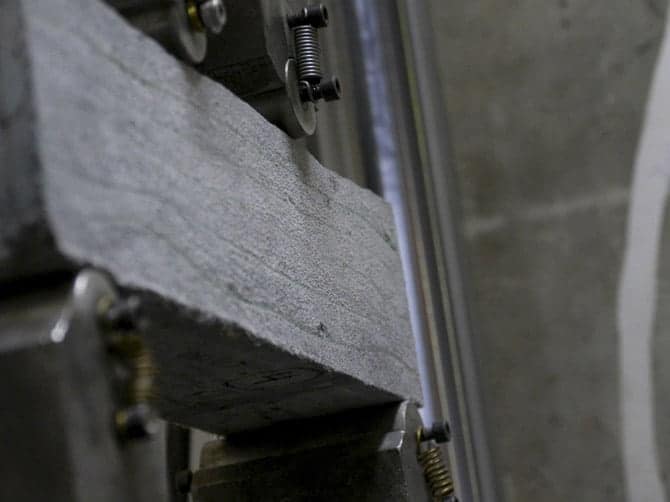Structural and Materials Engineering

The ever-increasing world population and growth of urban environments has resulted in an unprecedented number of structures and infrastructure systems being built in regions that are exposed to natural hazards such as earthquakes, hurricanes, wind storms, flooding and fire. The increased risk associated with building in these areas, coupled with society’s demand for an enhanced level of performance of the built environment, calls for the development of new multi-disciplinary analysis, design and fabrication approaches for a wide spectrum of structural systems and materials.
Meanwhile, the building revolution of the last century has resulted in a huge inventory of deteriorating structures and infrastructure systems, the continued usability of which must be guaranteed for an economically and environmentally sustainable future. Investment in innovative sensing systems for structural health monitoring and new technologies for the effective retrofitting of existing structures is therefore crucial. The greater awareness of the world’s limited resources and the desire for state-of-the-art systems requires new materials to be adopted in design and retrofitting of structures. This realization is spearheading efforts towards the development of new higher-performing materials.
The Structural and Materials Engineering Group brings together a unique mix of experimental and computational modeling expertise over a wide range of scales to find solutions to these challenges. In reaching these goals, the Group relies on state-of-the-art computational simulation facilities as well as some of the nation’s most versatile and best equipped large-scale structural engineering, advanced sensing, materials and concrete pavement laboratories.
Research areas of interest in the Structural and Materials Engineering Group include:
- Earthquake and wind resistant design of structural systems composed of reinforced concrete, prestressed concrete, steel and high performance fiber reinforced cementitious composites
- Behavior of buildings and bridges under extreme loading conditions generated by man-made and natural hazards
- Evaluation and improvement of new and existing highway bridges for structural safety and remaining life
- Design and development of ultrahigh performance concrete and high-performance, fiber-reinforced cementitious composites for sustainable infrastructure
- Mechanistic evaluation of properties of concrete pavement to improve their durability and expected service life
- Design and validation of smart structure technologies for the structural health monitoring of civil structure and infrastructure systems
- Structural fire engineering of building systems subject to stationary and traveling fires
- Risk and reliability frameworks for the rational assessment of structural performance with the aim of promoting resilience in design
- Structural and topology optimization of structural and material systems subject to uncertainty
- Design and development of deployable structures that reduce the impact of natural disasters or assist in post disaster recovery
- Design of adaptable infrastructure systems that self-assemble on-site, adapt to changing loading conditions and reconfigure for alternative uses
- Fabrication, design and validation of 3D printed architectural scale structures
Graduate Programs
Apply
Facilities